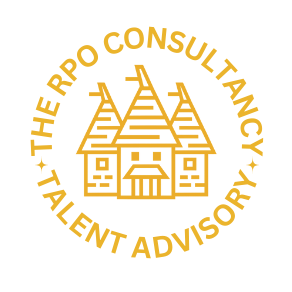Where there is cultural alignment, the outsourced partner can better represent your organisation
Once you have appointed a partner, the next 4-6 weeks are critical in setting them up for success. The time and resources you invest at this stage will significantly impact the time it takes to get the solution up and running and how your business will respond to the change in processes and buy into the way of working. I’ve been fortunate to work with some incredible project managers on the client side, who have been heavily involved in supporting the implementation of new outsourced solutions. A critical factor in getting this right is making sure that everyone on both sides, i.e., client and incoming team, are fully aware of the benefits that the new process will bring, as well as the ability to listen to each different situation and where appropriate, ensure that the specific needs of the business remain the primary concern, rather than the need to implement a one-size fits all way of doing things.
Transparency and regular communication with all relevant parties is a must. There are many ways of implementing a new service based on the type of model that is being implemented however, most clients will have supporters of the new process and those that are less receptive to the idea of change. Where the client-side project manager/implementation resource can provide the most support is to help identify both supporters and opposers of the new solution and work on a communication plan to address this most effectively. The more time the new partner can spend with the key business stakeholders during the early weeks, the better. The outsourced team should quickly understand the organisation’s culture, values, and strategic objectives, enabling them to align their efforts with the client’s vision. Where there is cultural alignment, the outsourced partner can better represent your organisation in the recruitment process, resulting in improved candidate fit, better brand representation, and ultimately improved retention rates, reducing turnover costs. It’s always worth considering where some quick wins can be made to help support the rollout of the new process. The ability to demonstrate success backed up by data and stakeholder endorsement will be a huge benefit and give the new team the confidence to push ahead in what can be unchartered territory.
If you’re having to rely on what’s written in your contract, there’s something wrong with your inter-party relationship
My final point is to make sure you consider the partnership’s sustainability. With cost-efficiency, flexibility, and scalability as some of the key benefits of outsourcing your talent acquisition process, it’s understandable that some companies will put all the ownness of affordability and ability to deliver on the outsourced provider. In most cases, the larger-scale enterprise solutions will have a comprehensive set of contractual agreements, including SLAs, KPIs, service credits, and, in some instances, ARC/RRC mechanisms. These work fine when things are going to plan; however, certain unforeseen circumstances, such as the 2008 Financial Crisis and, some could say, the current drop-off in the Tech sector, which most contracts simply can’t accommodate. I learned in 2008 while working with over a dozen of the largest Investment Banks that if you have to rely on what’s written in your contract, there’s something wrong with your inter-party relationship.
As much as it may sometimes feel like it’s not the case, the role of procurement is not solely to drive the costs down. While they may want to see further efficiencies and savings over the tenure of the contract, nobody wins if the costs are driven down to such a point that it becomes unviable for the partner to continue the relationship. I believe that both parties must stress test all aspects of the solution before signing a contractual agreement to ensure that the worst-case scenarios can be accommodated without a breakdown of the relationship. The outsourced partners are responsible for ensuring they can substantiate the value they bring, particularly if it sits outside of the contractual performance indicators. These elements can be crucial to the sustainability and overall success of the solution, so they need to be considered at the beginning of the relationship rather than leaving it too late.
“In the ever-evolving business landscape, the power of partnerships in outsourced recruitment solutions cannot be overstated. Organisations that embrace these collaborations unlock a myriad of benefits, from enhanced efficiency and cost-effectiveness to access to specialised expertise and scalability. Beyond the immediate advantages, successful partnerships build a foundation for long-term success, fostering innovation, adaptability, and a strategic focus on core competencies.”
